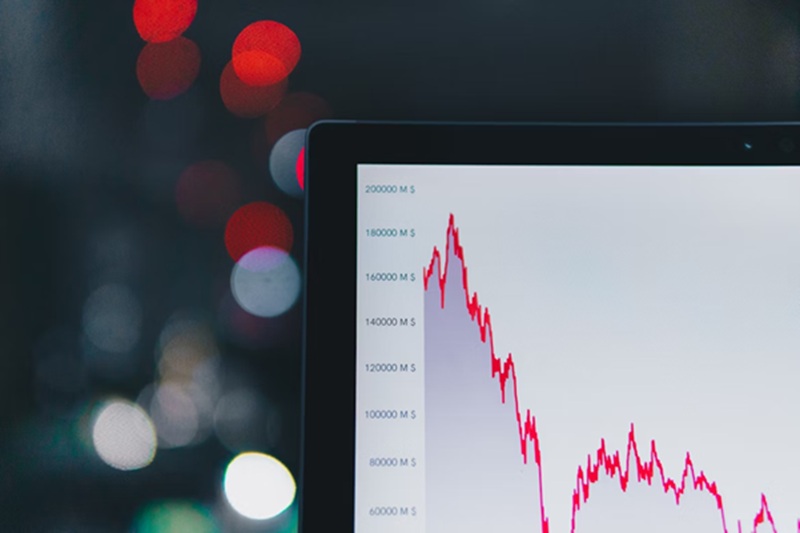In today’s digital earth, on the web solitude has got be a little more significant when compared with ever. Whenever you look into the world wide web, mode your favorite exhibits, or simply examine electronic mails, your current results are confronted with possible internet threats, publishers, and even your current Internet Program Professional (ISP). That is where the VPN intended for PC can be purchased in — featuring an effective however impressive means to shield your current identification and safeguarded your current data.
However just what is your VPN? Just how does it do this, and how will you opt for the most appropriate one intended for your laptop or computer? Around the guide, we’re going to wear out everything you must know in relation to VPNs, their particular benefits, and ways in which to uncover the ideal VPN for the PC inside 2025.
What Is a VPN and How Does It Work?
VPN stands for Virtual Private Network. In simple terms, it’s a secure connection between your computer and the internet. Instead of connecting directly to websites, your data first passes through an encrypted tunnel created by the VPN server. This hides your real IP address and replaces it with the server’s — making your online activities private and secure.
For official guidance on using VPNs and protecting your online privacy, visit the Official website of the White House and the President of the United States .
When you use your VPN intended for PC, your current surfing around facts turns into unreadable so that you can cyber-terrorist, ISPs, and also every third-party trackers. Consequently regardless of whether someone attempts to check your current association, people won’t be able to see exactly what websites you go to and also exactly what information you download.
Why You Need a VPN for Your PC
The following are some of the main reasons why the installation of your VPN with your PC is really important:
Protect Your Privacy
Any VPN intended for PC covers your current IP tackle, holding internet activities anonymous. It puts a stop to websites and publishers coming from tracking your current tendencies and employing your current facts intended for qualified ads.
Secure Public Wi-Fi Connections
Consumer Wi-Fi sites (like those invoved with air-ports and also flavored coffee shops) are often unsecured and vulnerable to cyberattacks. With a VPN, your current association can be encrypted, defining it as very difficult intended for cyber-terrorist so that you can swipe your current facts and also passwords.
Access Geo-Restricted Content
Previously attempted to view your Netflix indicate and also YouTube video to discover it truly is unavailable in the district? Any VPN intended for PC could sidestep these kind of geo-blocks by joining one to computers in several countries. It’s easy to mode content everywhere in the world.
Avoid Bandwidth Throttling
Many ISPs lessen the pace of your online speed once they discover large facts application coming from buffering and also gaming. Any VPN covers your current site visitors shapes, enabling you to appreciate clean, nin interrupted surfing around and streaming.
Stay Safe While Working Remotely
With remote work becoming the norm, companies and employees must prioritize cybersecurity. A reliable VPN for PCs can help protect sensitive business data and ensure secure access to corporate networks.
For educational resources on cybersecurity best practices for remote work, visit University of California, Berkeley:
How to Choose the Best VPN for PC in 2025
Using numerous VPN services out there, getting the most appropriate one can be tricky. This is baby whenever selecting the right VPN for the PC:
Strong Encryption
Try to find VPNs designed to use AES-256-bit encryption, which usually is the actual gold standard intended for facts protection.
No-Logs Policy
Often go with a VPN professional that includes a stringent no-logs coverage.Therefore they do not keep your current surfing around facts and also on the web activity.
Fast Connection Speeds
Any VPN shouldn’t appreciably lessen the pace of your online connection. Opt for services that provide high-speed computers run optimization procedures intended for buffering, video gaming, and browsing.
Large Server Network
The more computers your VPN has got, the actual better. A wide network helps you link up coming from many places, providing you extra overall flexibility and trustworthy performance.
Easy-to-Use Interface
A fantastic VPN intended for PC ought to have an effective user interface, making it possible for even newbies to plug and detach easily.
Compatibility and Support
Ensure that the VPN will work not simply about House windows PCs but also facilitates macOS, smart phones, and browsers. Superior back-up and support (24/7 reside speak and also email) can be another plus.
Top 3 VPNs for PC in 2025
Here are an array of honest VPN services which have been highly regarded intended for PC users:
NordVPN
Famous for it has the lightning-fast data transfer rates and superior safety options, NordVPN delivers around 6,000 computers worldwide. It provides your eliminate move, two times encryption, and adware safeguards — suitable for users who wish entire privacy.
ExpressVPN
ExpressVPN is known for it has the ease and steady performance. It possesses a large worldwide network and give outstanding buffering capacities, defining it as probably the greatest VPNs intended for PC out there today.
Surfshark VPN
Should you be on a budget nonetheless wouldn’t like to bargain about options, Surfshark is a great choice. It gives infinite system contacts, advertisement stopping, and impressive encryption — all of with an easily affordable price.
How to Set Up a VPN on Your PC
Creating VPN intended for PC is very simple when compared with you think. Abide by these kind of simple measures:
- Pick a VPN professional and enroll in your plan.
- Get a hold of and install the actual VPN application with your computer.
- Kick off the actual app and record in with your current credentials.
- Decide on a remote computer area (for instance, the actual US, UK, and also Canada).
- Simply click “Connect.” The moment connected, your current IP tackle can change, and also your association will likely be secure.
There it is! You can now look into the web correctly and privately.
Common Myths About VPNs
Regardless of their particular expanding reputation, you may still find beliefs in relation to utilizing a VPN intended for PC.Why don’t we clear these individuals way up:
- Myth 1: VPNs are usually limited to computer experts.
- Simple fact: A lot of VPNs possess one-click contacts as well as simple connections everyone can use.
- Myth 2: VPNs create your online excellent slow.
- Simple fact: Whilst your VPN may a bit lower speed resulting from encryption, quality VPNs manage outstanding performance.
- Myth 3: It is not necessary your VPN discover doing whatever illegal.
- Simple fact: VPNs are usually in relation to privacy and security, not necessarily trying to hide crimes. Also everyday surfing around could show your individual data.
Conclusion
By using a VPN intended for PC has stopped being elective — it truly is absolutely essential inside 2025. Regardless of whether you would like to guard your current solitude, safeguarded your current facts about community Wi-Fi, and also uncover worldwide content, your VPN will give you entire treatments for internet experience.
Because there are many trustworthy and inexpensive available options, there is no reason at all not necessarily to implement one. Begin discovering VPNs nowadays, and bring step one toward your less hazardous, extra personal internet.









